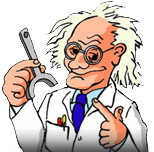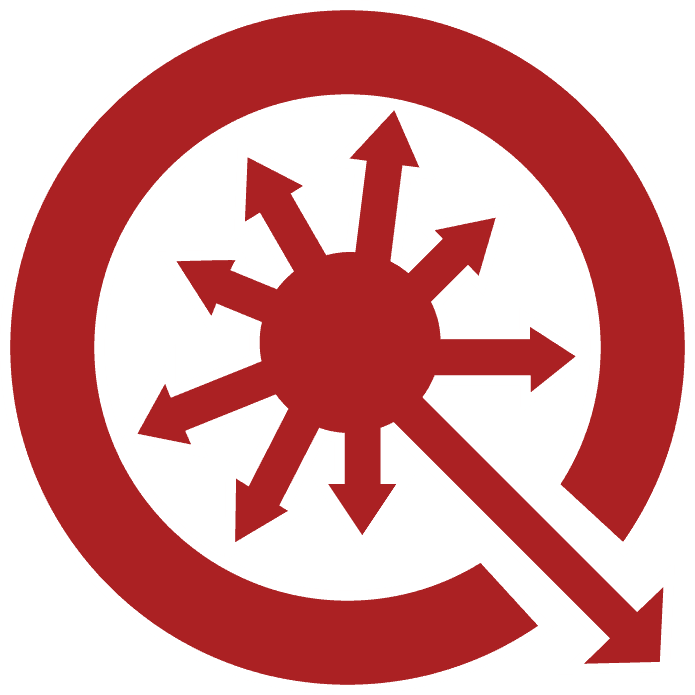Mark before disassembly. All connecting rods, connecting rod caps, and main caps should be marked before disassembly, so that they may be reinstalled in their original positions.
Inspect the bores. Rod and main bearing bores should be inspected with a dial bore gauge. Any housing bore which measures out of spec should be resized. Many machinists will recondition the connecting rods (see Foley Tech Tips #3 and #38 for information on using new rod bushings and rod bolts) and align hone the block as part of their regular engine rebuilding procedure.
- Inspect the journals. The crankshaft’s journals must be within manufacturer’s tolerances. They must be smooth and free of burrs. Everything must be spotlessly clean.
- No abrasives! Never use an abrasive on the bearing surface prior to installation. The bearing may be as thin as .0005″ (12.7 microns). Any abrasive will reduce bearing life.
- Install lubed on dry surfaces. The bearings should be lubed and then positioned in the rod or main saddles dry before crankshaft installation. Bearing surface finish should be 60-90Ra.
- No nicks. Exercise extreme care when installing the rods. Use Foley rod bolt protectors on the rods to prevent nicks to the crankshaft.
- Clean threads. Bolt threads should be cleaned and lightly lubricated.
- Check bearing clearances with Plastigage.
- Properly torque all bolts. We supply free Workshop Manuals and free Foley coffee cups with our overhaul kits. Review the specs over a cup of coffee!
- Pre-lubricate the engine prior to starting. Many newer engine designs use a crankshaft driven oil pump that can’t be driven by a drill motor. Using a commercially available pressure lubricator facilitates pre-lubrication of virtually any engine.

Written by Dr. Diesel
Knowledge is power. Power to build ties to engine users. To build a relationship with our customers, we share with you our 105 years of knowledge in many ways. We have this special section called “Ask Dr. Diesel™” where you can pose questions about engines, transmissions, industrial hand clutches, exhaust scrubbers, etc.




